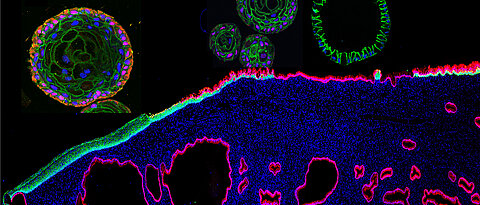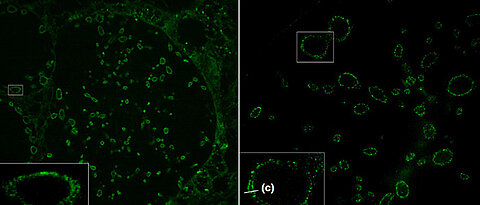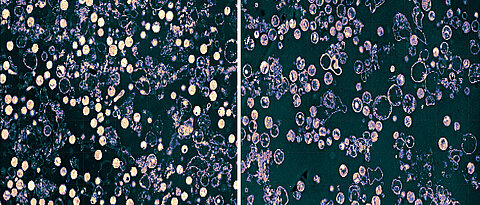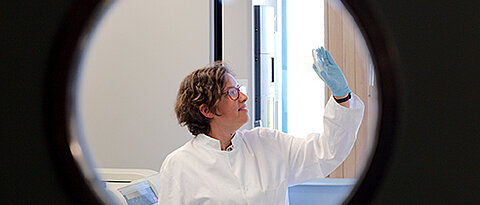New Collaborative Research Centre for JMU
11/25/2022
A new collaborative research centre is being launched in Würzburg. It investigates critical decision processes that determine the outcome of human infection.
more










